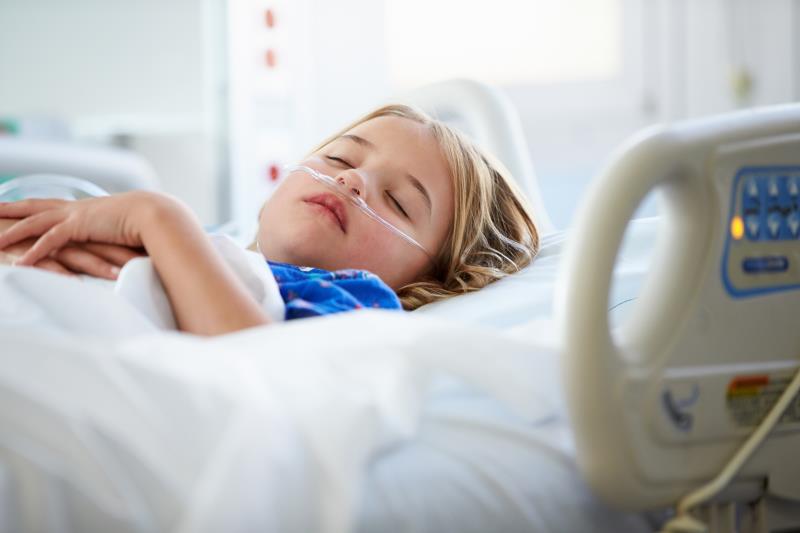
Children with oesophageal atresia suffer from high rates of mortality before and after hospital discharge, a recent study has found. Respiratory problems appear to be the main driver of this outcome.
Researchers retrospectively evaluated the data of 650 oesophageal atresia patients, of whom 88 had died. The resulting mortality rate was 13.5 percent. Majority of the deaths occurred during admission, before discharge (75.0 percent; n=66); the remaining 25.0 percent died after discharge. Those who had died after discharge were significantly older (16 months vs 7 days; p<0.001).
Most of the deaths before discharge were attributable to palliation for respiratory anomalies (22.7 percent), driven mostly by trisomy 18 (10.6 percent). Other common causes included associated syndromes (16.7 percent) and neurologic anomalies (15.2 percent).
Seventeen patients had available documentation for post-discharge mortality, most of which were due to respiratory compromise (35.3 percent) and sudden death (35.3 percent). Fanconi anaemia was another common cause (11.8 percent).
Moreover, patients who had died before discharge appeared to have a greater need for intensive respiratory support through high-frequency oscillating ventilation or jet ventilation, as compared with the post-discharge death group. The difference, however, was only of borderline significance (37.3 percent vs 8.3 percent; p=0.05).
Preoperative intubation was likewise more frequent in patients who died before discharge, but was not significantly so (55.2 percent vs 33.3 percent; p=0.28).